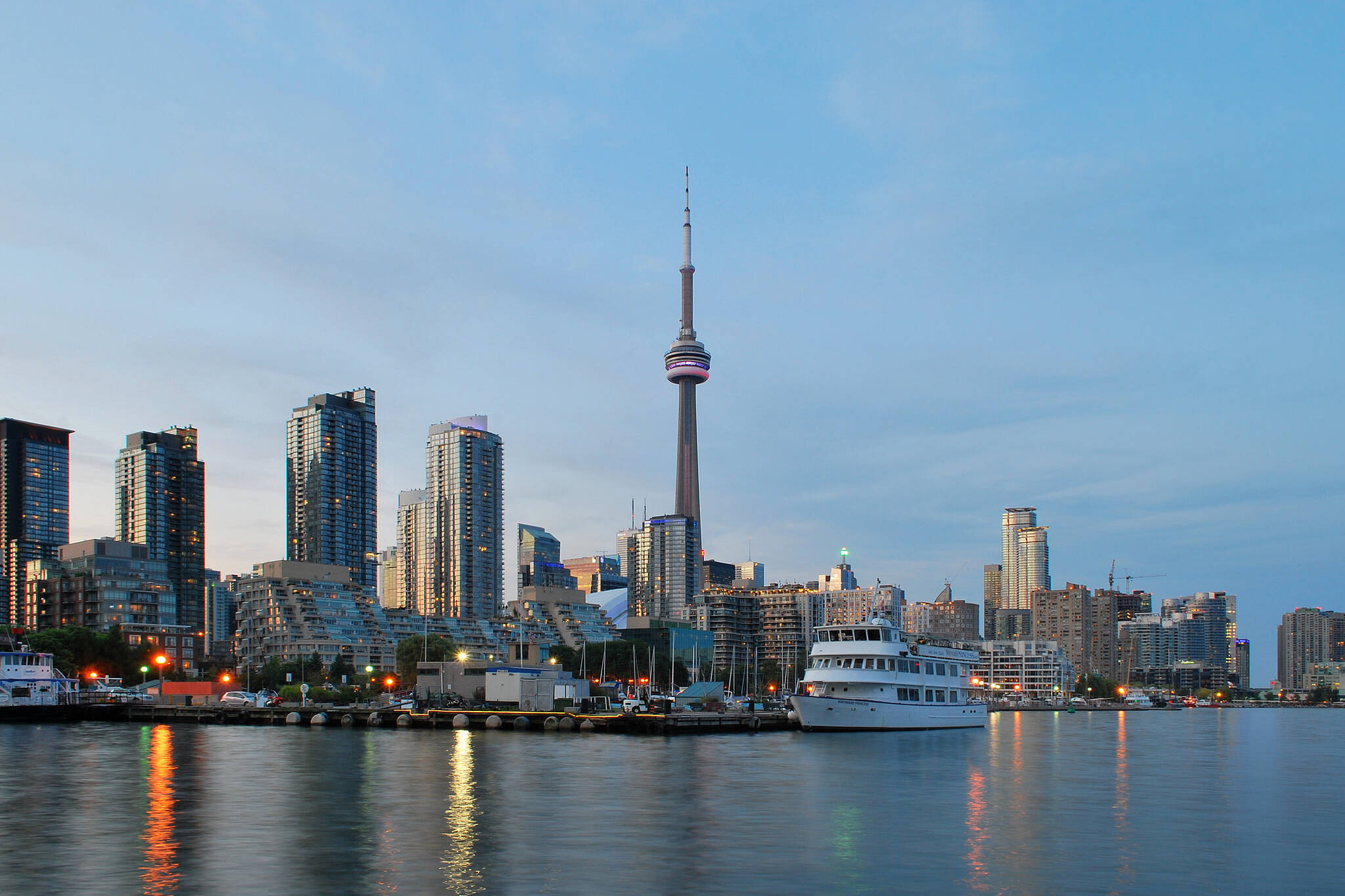
Bacteria levels in Toronto's harbour approach all time high
Toronto's harbour might be pretty, especially in the summertime, but it's certainly not the cleanest place in the city.
According to a new investigative report from the Toronto Star and the Ryerson School of Journalism, the amount of E.Coli in Toronto's harbour often exceeds safety standards.
That's because, according to the report, there isn't a single governmental entity responsible for testing the water in the harbour, even though it's a popular spot for canoeing, kayaking and other water sports.
The city, of course, tests the water at public beaches. The Star says the city is aware of the bacteria levels in the harbour, which often increase after heavy rains and storms thanks to sewage that seeps into the water.
Speaking of which, recent reports from non-profit Lake Ontario Waterkeeper indicate that this month's heavy rains have pushed E. Coli levels to an all time high.
Late last year the organization, which regularly tests water in the harbour, put out a report that points out nine spots along the harbour - between Bathurst and the Port Lands - with high levels of E.Coli.
As the Star writes, the city implemented the Wet Weather Flow Master Plan in 2003, which includes infrastructure to help eliminate storm-related pollution and runoff, though there remains significant room for improvement.
Latest Videos
Latest Videos
Join the conversation Load comments







